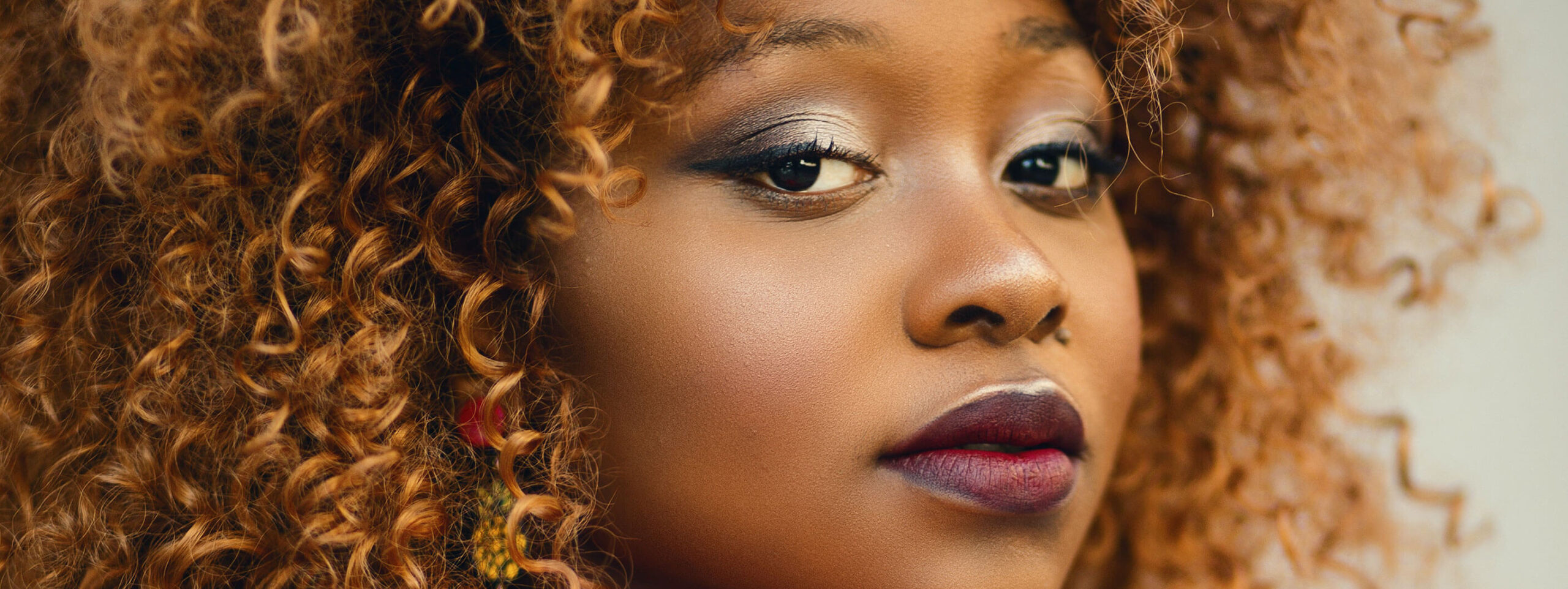H Healthy Hair Care
A Comprehensive Guide to Managing Different Hair Types
By
Beauty Doctor MD September 28, 2023

Hair comes in a splendid array of textures, lengths, and styles, making it a unique and defining feature of our appearance. However, with these variations come distinct care requirements. Whether you have curly, straight, wavy, textured, or any other hair type, understanding how to manage and maintain it properly is essential for its health and your desired look. In this comprehensive guide, we’ll explore various hair types, the challenges they present, and the best practices and products to manage and style them effectively.
Understanding Different Hair Types
- Straight Hair
Characteristics: Straight hair lies flat against the scalp and has minimal to no natural curls or waves.
- Challenges:
- Lack of Volume: Straight hair often lacks volume and can appear limp.
- Oiliness: The scalp’s natural oils can easily travel down straight hair, making it look greasy.
- Management:
- Shampoo Regularly: Use a lightweight, volumizing shampoo to maintain cleanliness and combat oiliness.
- Avoid Heavy Conditioners: Use a conditioner primarily on the ends of your hair to prevent over-conditioning.
- Volumizing Products: Opt for volumizing products like mousses and root lifters for added body.
- Curly Hair
Characteristics: Curly hair forms tight or loose spirals or curls, which can range from fine to coarse.
- Challenges:
- Frizz: Curly hair is prone to frizz, especially in humid conditions.
- Dryness: Natural oils struggle to reach the tips due to the twists and turns.
- Management:
- Hydration: Use a sulfate-free, hydrating shampoo and conditioner to maintain moisture.
- Curl-Defining Products: Apply curl-enhancing products like gels or creams to define and control curls.
- Diffuser Attachment: When blow-drying, use a diffuser attachment to evenly distribute heat and minimize frizz.
- Wavy Hair
Characteristics: Wavy hair is neither straight nor curly and forms an “S” pattern.
- Challenges:
- Inconsistent Texture: The waviness can vary throughout the hair, making it challenging to style.
- Management:
- Curl-Enhancing Products: Use curl-enhancing products to accentuate and maintain the waves.
- Layered Haircuts: Consider layered haircuts to add structure and definition to the waves.
- Textured Hair (Coily, Kinky)
Characteristics: Textured hair is characterized by tight coils or kinks and can vary in thickness.
- Challenges:
- Dryness: Textured hair is naturally dry and requires extra moisture.
- Shrinkage: Coiled hair can shrink significantly, making it appear shorter than it actually is.
- Management:
- Hydration: Use a moisturizing shampoo and conditioner designed for textured hair.
- Deep Conditioning: Regular deep conditioning treatments are essential to retain moisture.
- Protective Styles: Consider protective styles like braids or twists to minimize manipulation and protect the hair.
Hair Care Tips for All Hair Types

Regardless of your hair type, certain universal practices can contribute to its health and appearance:
- Regular Washing:
- Frequency: Wash your hair according to its needs. While some hair types can go longer between washes, others require more frequent cleansing.
- Sulfate-Free Shampoo: Choose sulfate-free shampoos to prevent stripping natural oils.
- Conditioning:
- Use Conditioner: Conditioner helps lock in moisture and maintain hair health. Apply it primarily to the ends.
- Heat Styling:
- Heat Protectant: Always use a heat protectant spray or serum before using heated styling tools to prevent damage.
- Limit Heat Exposure: Minimize the use of heated styling tools to reduce the risk of heat damage.
- Haircuts:
- Regular Trims: Trim your hair every 6-8 weeks to prevent split ends and maintain its shape.
- Scalp Health:
- Scalp Care: A healthy scalp is vital for healthy hair. Use products that promote scalp health and circulation.
Hairstyling Tips for Different Hair Types
-
- Straight Hair:
- Volume: Use a round brush while blow-drying to add volume.
- Curls or Waves: Experiment with curling wands or flat irons to create curls or waves.
- Curly Hair:
- Diffusing: Use a diffuser attachment on your blow dryer to maintain and define curls.
- Pineappling: Before bed, loosely gather your curls on top of your head and secure them with a soft scrunchie to prevent flattening.
- Wavy Hair:
- Sea Salt Spray: Enhance waves with a sea salt spray for a beachy look.
- Braids: Create loose braids overnight to accentuate waves.
- Textured Hair:
- Twists or Braids: Twist or braid your hair while damp and unravel for defined coils or waves.
- Natural Styles: Embrace natural styles like afros, twists, and locs for a distinctive look.
Conclusion
Embracing and managing your unique hair type is a journey that involves understanding its characteristics and employing the right care and styling techniques. While there are products and methods tailored to specific hair types, universal practices such as regular washing, conditioning, and protecting your hair from heat are essential for all. By following the appropriate care and styling tips for your hair type and staying patient as you experiment with different techniques, you can achieve the stunning and healthy locks you desire.

